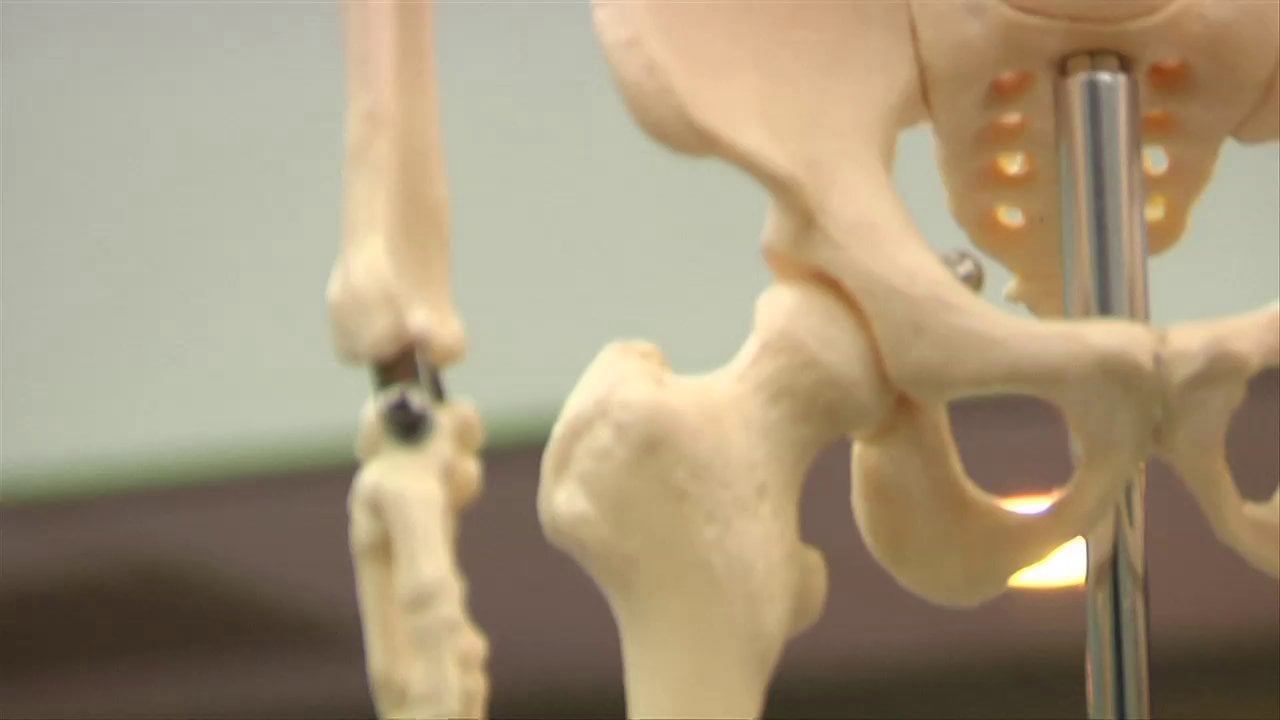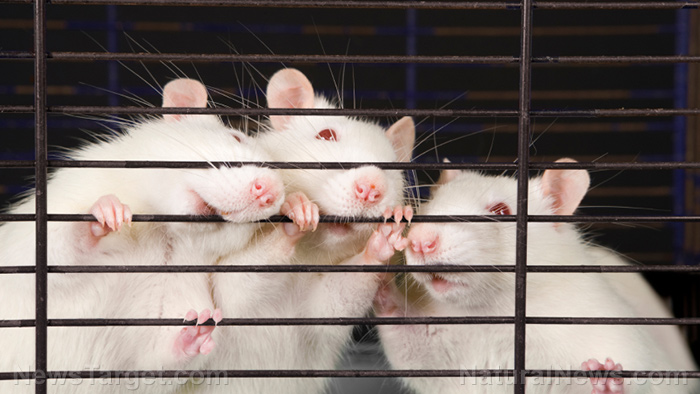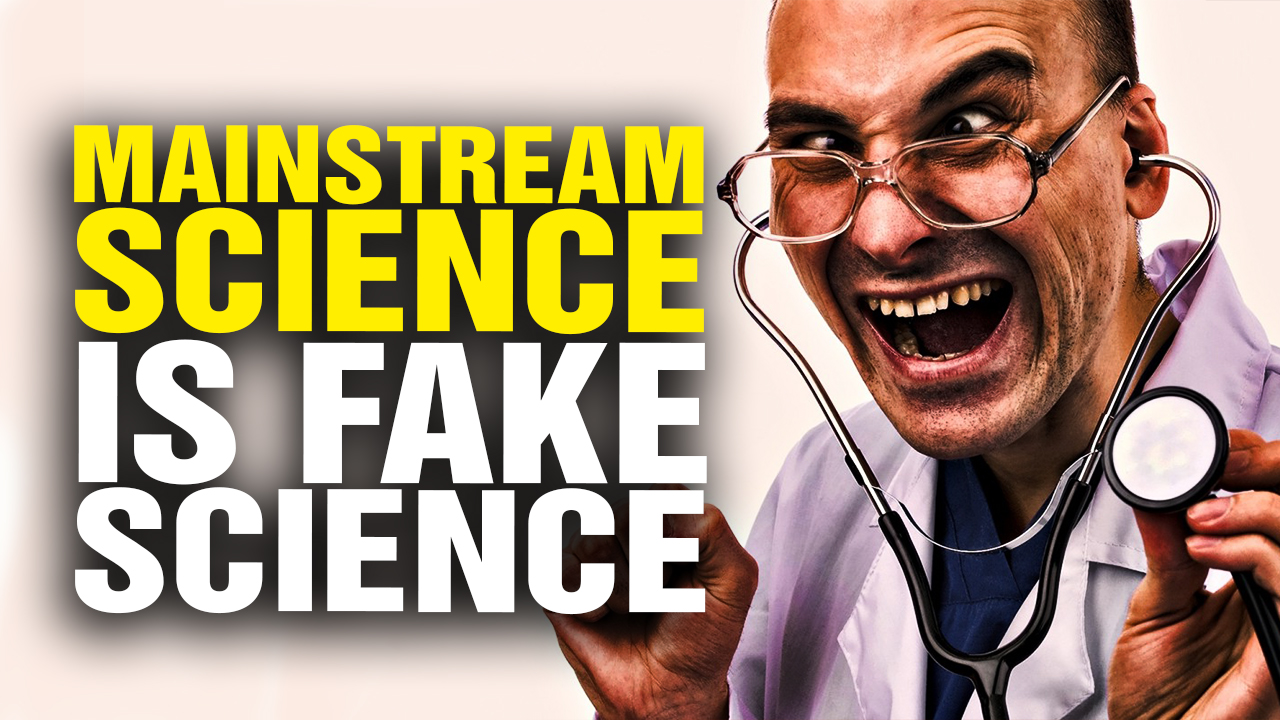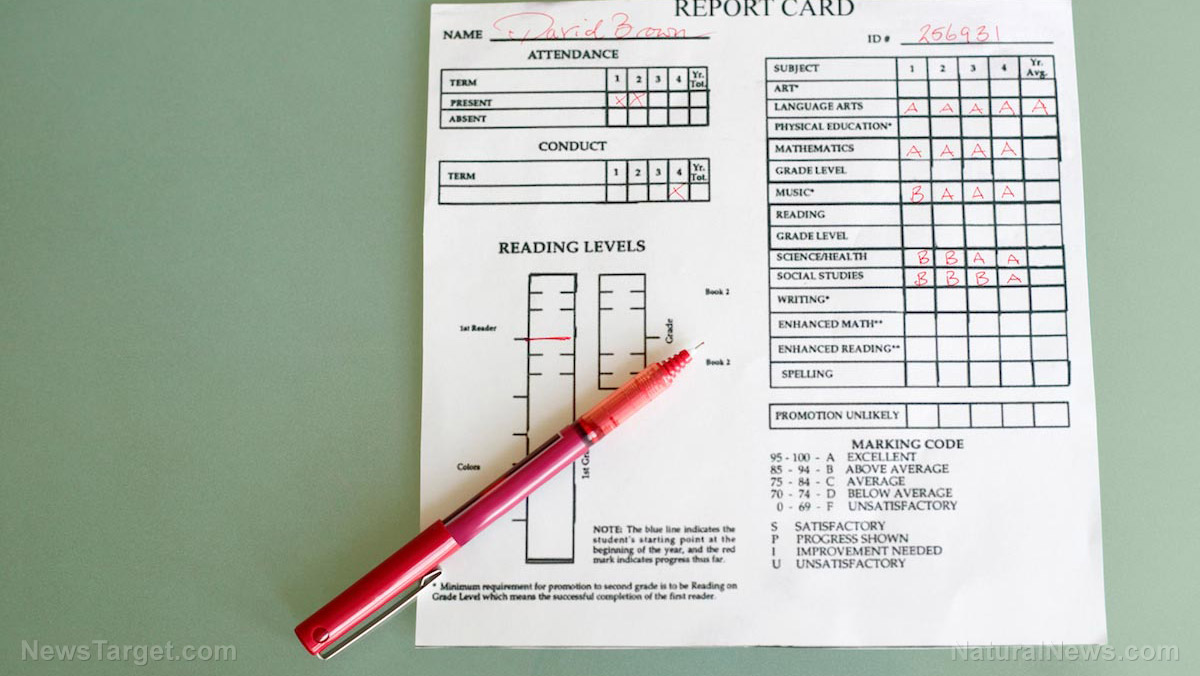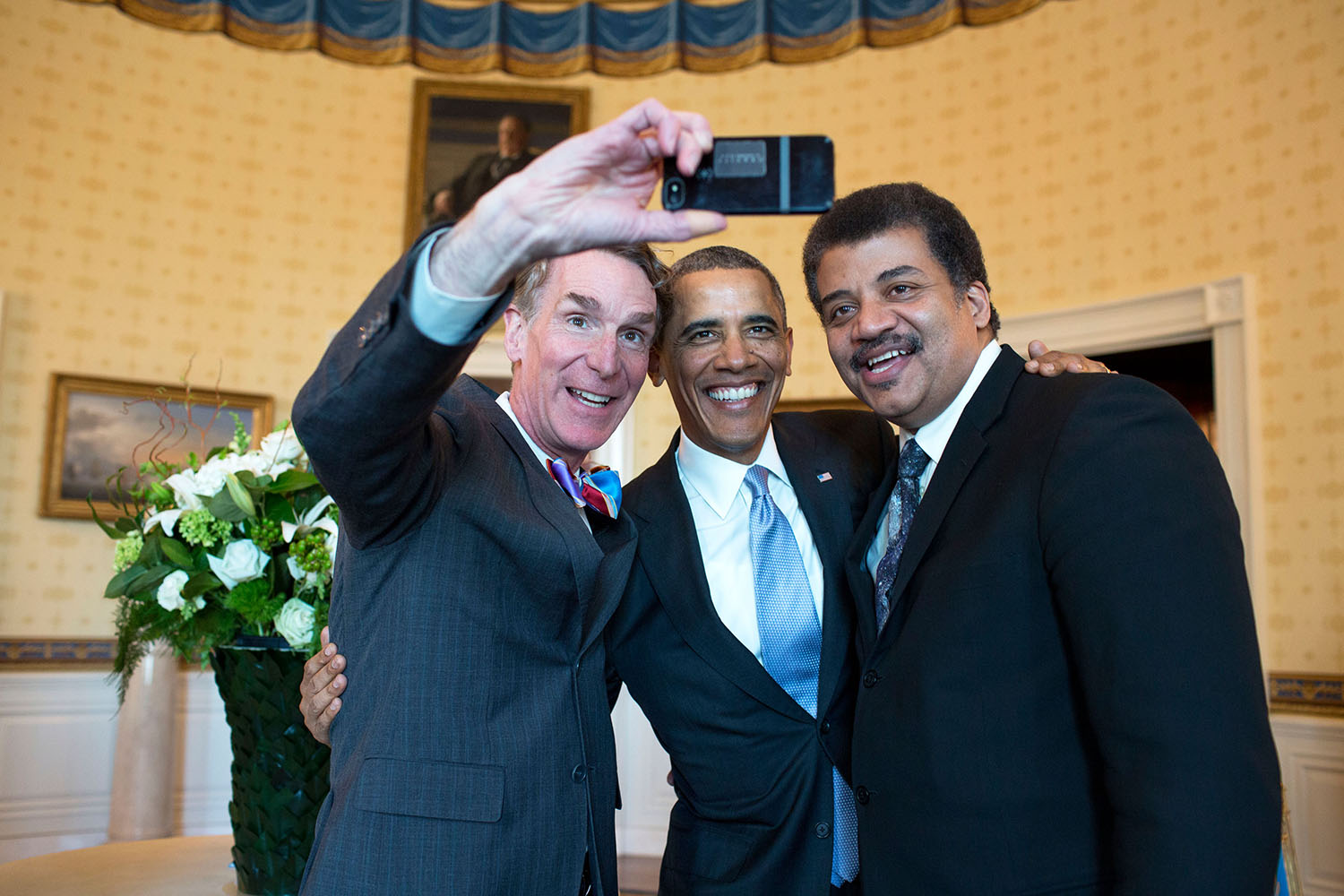Maybe your fingerprints aren’t so unique after all: New report claims there is not enough scientific basis to claim certain identification
09/02/2018 / By Frances Bloomfield
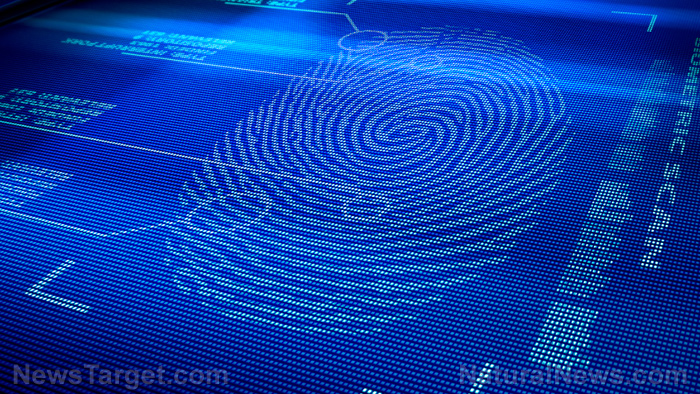
Though long considered an essential tool in forensics, latent fingerprint analysis may actually lack the scientific foundation to be considered irrefutable in the courtroom. This was the conclusion that a team of researchers came to in a report published by the American Association for the Advancement of Science.
Latent fingerprints, as defined by the researchers, are hidden impressions of one or all fingers left behind by unknown individuals. Uncovering latent fingerprints typically involves the use of powders or lasers, then lifting these impressions from their surface. These are then analyzed by fingerprint examiners, who compare each print against those recorded in a database to find any similarities.
The idea that a fingerprint is unique enough that it can be associated with a single individual is a questionable one. While latent fingerprint analysis can rule out the majority of the population, there is simply insufficient data to ascertain how unique a fingerprint or set of fingerprints really are. This, according to the researchers, means that it would be “scientifically baseless to claim that an analysis has enabled examiners to narrow the pool of sources to a single person.”
Joseph B. Kadane, Emeritus in the Department of Statistics and Social and Decision Sciences at Carnegie Mellon University, said of his team’s findings: “Fingerprinting is one of the most heavily used forensic methods. Routinely, fingerprint analysts report and testify to ‘identification,’ that is, that the person who left the mark at the crime scene is the same person whose fingerprint is in the database.
“Our review of the scientific literature found that there is no scientific way to estimate the number of people in some community — a city, a state, the country, the world — who share the characteristics found, and hence no scientific basis for identification.”
Kadane and his team also noted in their report that various studies from the past have researched on the scientific validity of this forensic discipline and came to a similar verdict. Moreover, the belief that fingerprints are compelling, unambiguous evidence is one that has led to the wrongful convictions of innocent people. (Related: Wrongfully accused in L.A.: ID glitches see hundreds jailed who shouldn’t be.)
To that end, the researchers put out several recommendations to solve the various issues they raised in their report. One such recommendation was to keep outside knowledge of the case from print examiners. “Studies have shown that latent print examiners (like all human beings) are vulnerable to contextual bias,” they wrote. “ Their evaluations of the features of latent prints can be influenced inappropriately by premature exposure to reference prints; their conclusions can also be influenced inappropriately by information about the underlying criminal investigation.”
Additionally, the researchers suggested that more work be done on the proficiency of print examiners t determine intra-finger variability, which they defined as “the degree to which prints can vary due to distortion.”
The full report can be viewed here.
Visit Scientific.news for more stories relating to scientific studies and discoveries.
Sources include:
MCMProdAAAS.AmazonAWS.com [PDF]
Tagged Under: crime, FBI, fingerprint analysis, fingerprints, forensics, latent fingerprint analysis, law enforcement










